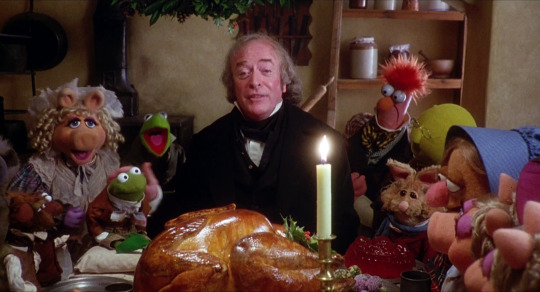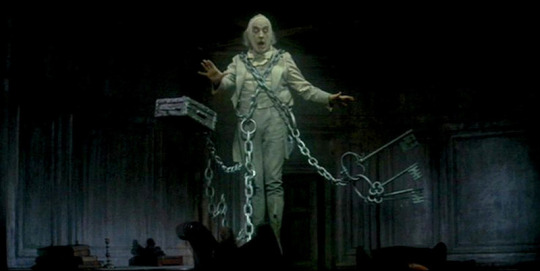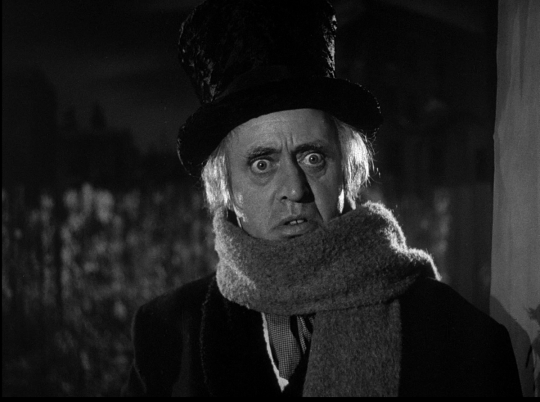Here I Raise My Ebenezer: Why A Christmas Carol Lasts Foreverby Daniel Carlson
By Yasmina Tawil

Samuel took a stone and set it up between Mizpah and Jeshanah, and named it Ebenezer; for he said, Thus far the Lord has helped us.
1 Samuel 7:12
I dont deserve to be so happy.
A Christmas Carol (1951)
///
Few works of art can lay claim to the cultural real estate occupied by Charles Dickens A Christmas Carol. Published in December of 1843, the novella was partly inspired by Dickens visits to the more abject areas of England, along with his desire to create something that would motivate the public to ease the plight of the least among them. He planned earlier that year to write a political pamphlet about the horrors of child labor and the poverty state, but he changed his mind when he realized that a fictional story, with its heightened reality, might better persuade readers.
The book was an immediate critical and commercial success: the first run of what would wind up being dozens of printings sold out by Christmas Eve, and by February 1844, stage versions were already being put up across London. Dickens returned to the well with four more special holiday tales throughout the 1840s, but none were received like A Christmas Carol. He delivered excerpts from it at a series of public readings he gave in his final years, before dying in June of 1870 at the age of 58. That seems so long ago nowthe American Civil War had ended just five years earlierbut the great span of interwoven generations since then shows how close it still is. It was only eight years after Dickens death that Eadweard Muybridge captured a series of photos showing a horse at a gallop, the precursor to motion pictures; another 15 to 20 years, and you have Georges Mlis and the Lumire brothers revolutionizing an art form. As the turn of the century brought with it the explosion of creativity and development that would turn into the early film industry, Dickens work was still present in peoples minds. Hed been gone just over 30 years the first time A Christmas Carol was adapted to the screen, and why not? It was a massively popular story, and early filmmakers were eager to get their hands on any stories they could find. That first adaptation was a short, and it was British, too: Scrooge, or Marleys Ghost came out in 1901, meaning its entirely likely that some of the people who watched that film in its debut had lived alongside Dickens. Maybe theyd even known him. We are never far from the past.
///

That was, of course, just the beginning of what would quickly become a tradition in the film industry of adapting A Christmas Carol to the screen. Dickens other works found their way to theaters, too, but not nearly as often as A Christmas Carol did. This (admittedly unscientific but nevertheless helpful) roundup on Wikipedia shows 45 films based on A Christmas Carol, with the runner-up, Oliver Twist, clocking 19 adaptations. That averages out to a new Christmas Carol movie about every two and a half years since 1901. Every American born since the beginning of the film industry has been inundated with movies based on this one book.
Part of the reason can be traced to the story itself. At the risk of over-explaining something that is, according to the thesis of this very essay, well known to anyone who could be reading it, the plot of A Christmas Carol is perfectly suited to film. Ebenezer Scrooge, an elderly miser and business owner who regularly mistreats his chief employee, Bob Cratchit, is visited on Christmas Eve by the ghost of his late colleague, Jacob Marley. Wearing chains that he forged in life, Marley warns Scrooge to turn from the path of greed and cruelty and to embrace his fellow man in love and friendship. To make sure Marley gets the message, he tells Scrooge that the old man will be visited by three more spirits: the Ghosts of Christmas Past, Christmas Present, and Christmas Yet to Come. Each of these spirits show Scrooge what his life has really been like, and what people really think of him. Forced to reckon with a life devoid of love and defined by emptiness, Scrooge experiences a spiritual awakening. He repents of his deeds and promises to live a better life, awakening to find himself safely back in his bed on Christmas morning. Overjoyed, he mends fences with his nephew and extended family, gives Bob a raise so he can care for his sick child, and generally becomes beloved by all he meets. The End.





